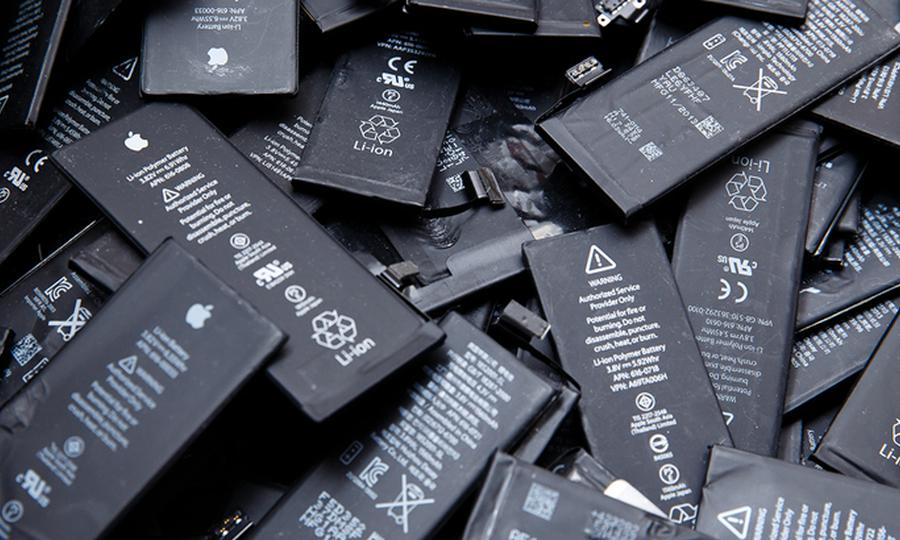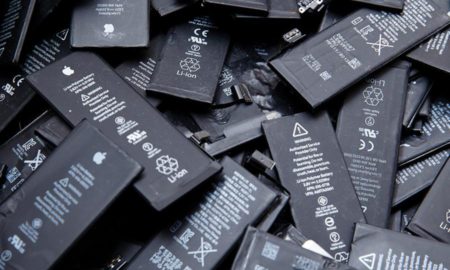September 10, 2019 – Today the world is awash with portable devices that run on power from lithium-ion batteries (LIB) even though lithium is mined and harvested in only a few places, and is notoriously volatile at times causing overheating and fires. In previous postings to this site, I have described potassium-ion, sodium-ion, aluminum-ion, sulfur-ion, and other material-based batteries as logical replacements for lithium, but to date, none of these have usurped LIB technology in the commercial space. As a result LIB technology is present today in battery packs for electric vehicles (EVs), as backup power storage vaults for renewable wind and solar, in laptop computers, mobile phones, and other portable devices.
The world isn’t about to run out of lithium even though it is somewhat rare. But LIB technology has limitations and safety issues. Over time LIB discharge-recharge cycles diminish in terms of energy capacity with manufacturers putting ratings of maximum efficiency at 300 to 500 cycles. And we have all read about LIB technology spontaneously combusting upon occasion, whether it happens in a mobile phone, or in a Tesla automobile.
That’s why researchers are looking at other materials for rechargeable batteries. At the Helmholtz and Karlsruhe Institutes in Germany, a team believes that have found the answer, a rechargeable calcium-ion battery (CIB) with a synthesized electrolyte that could be an alternative to LIB technology.
The research team wanted to solve two battery challenges. Develop a safer and cheaper battery pack for EVs. And create a large-scale battery solution to backup renewable power generation. Both of these issues are top-of-mind in Europe as the continent addresses its commitments to lower carbon emissions and build greater battery capacity to meet European EV manufacturers’ volume requirements as described in yesterday’s posting on this site.
In a paper just published in Energy & Environmental Science, the Helmholtz and Karlsruhe team describe their CIB invention and the whys and wherefores for its invention. They state that LIB technology is insufficient to meet growing energy storage demands for EVs and grid-scale utility requirements. They also point out that LIB material requirements beyond lithium, including cobalt, will increasingly make the technology less affordable in the future. Finding an alternative battery technology, therefore, is imperative, particularly if more abundant and cheaper materials could be used to produce the same or better levels of energy density and discharge/recharge reliability.
In choosing calcium, 2,500 times more common than lithium, the fifth most abundant element on the planet, the researchers believe they have the answer, a CIB that uses a fluorine-based electrolyte compound that can handle thousands of discharge and recharge cycles, conduct electricity efficiently, and be cheaper to mass-produce. And CIB technology will be far less toxic when it comes to recycling or disposal, another challenge the world faces with the growing number of LIBs in the environment (see image below).
The prototype CIB retains 84% of its initial capacity after 1,000 discharge-recharge cycles at room temperature, which compares well with LIB technology and bodes well for this battery alternative in the near future.









